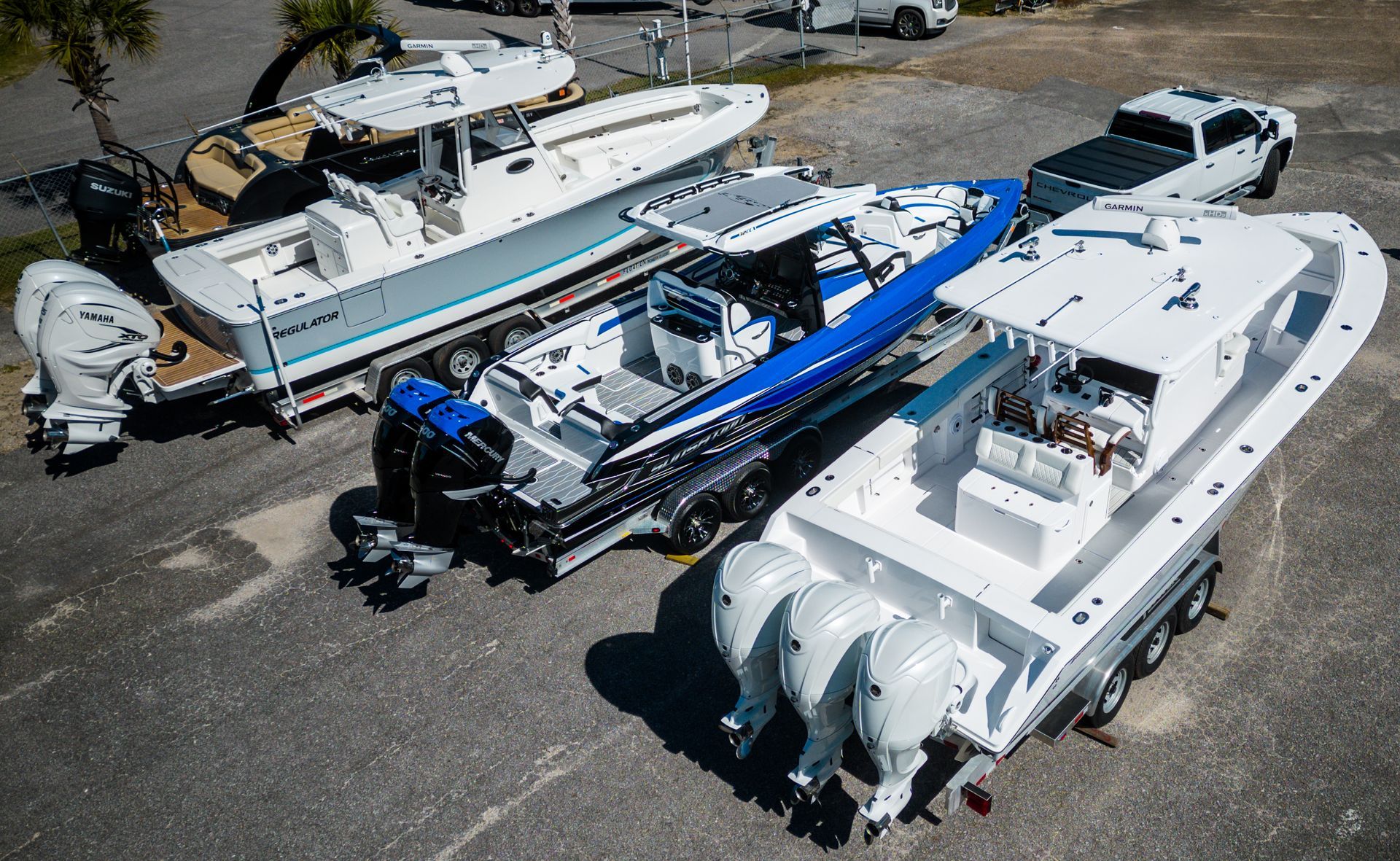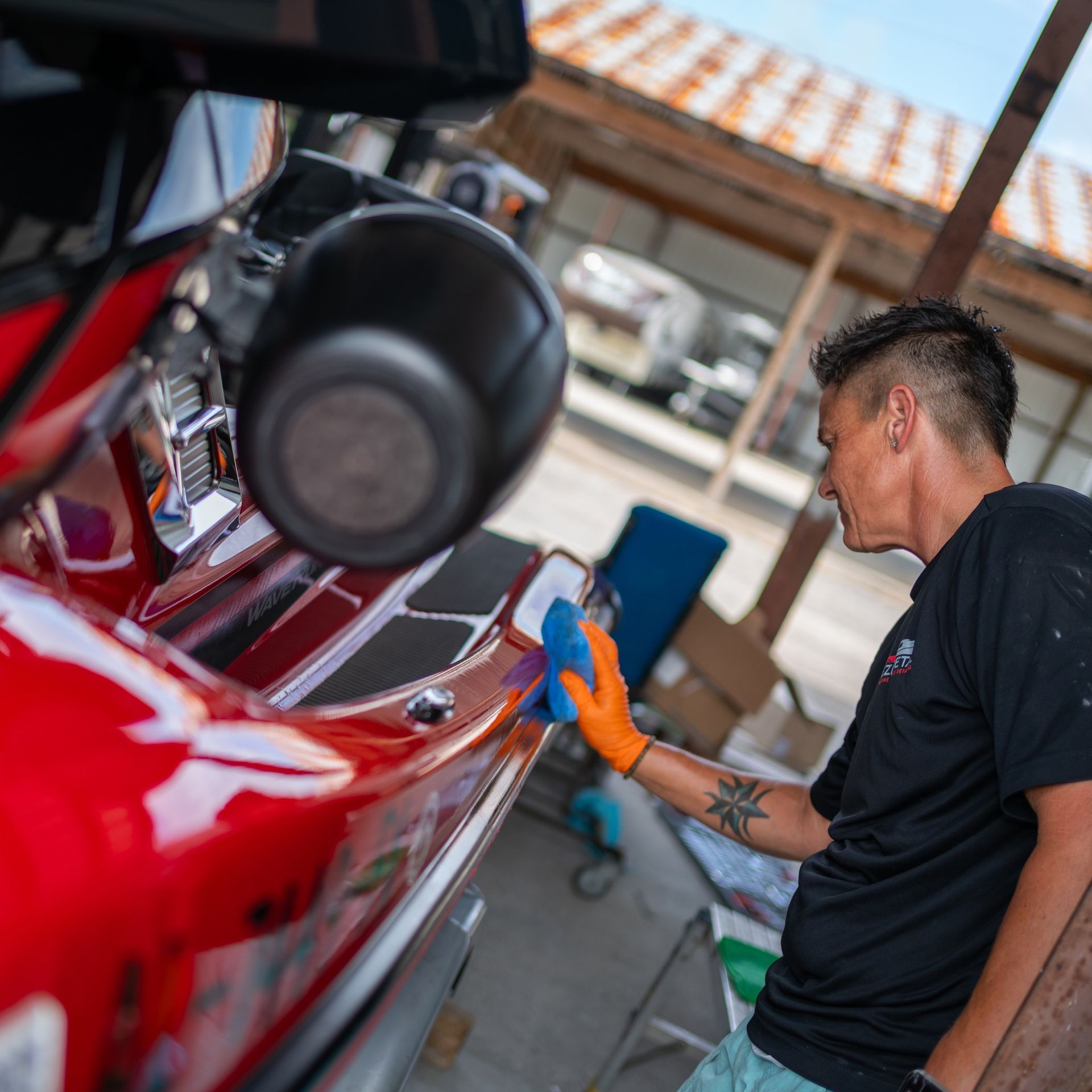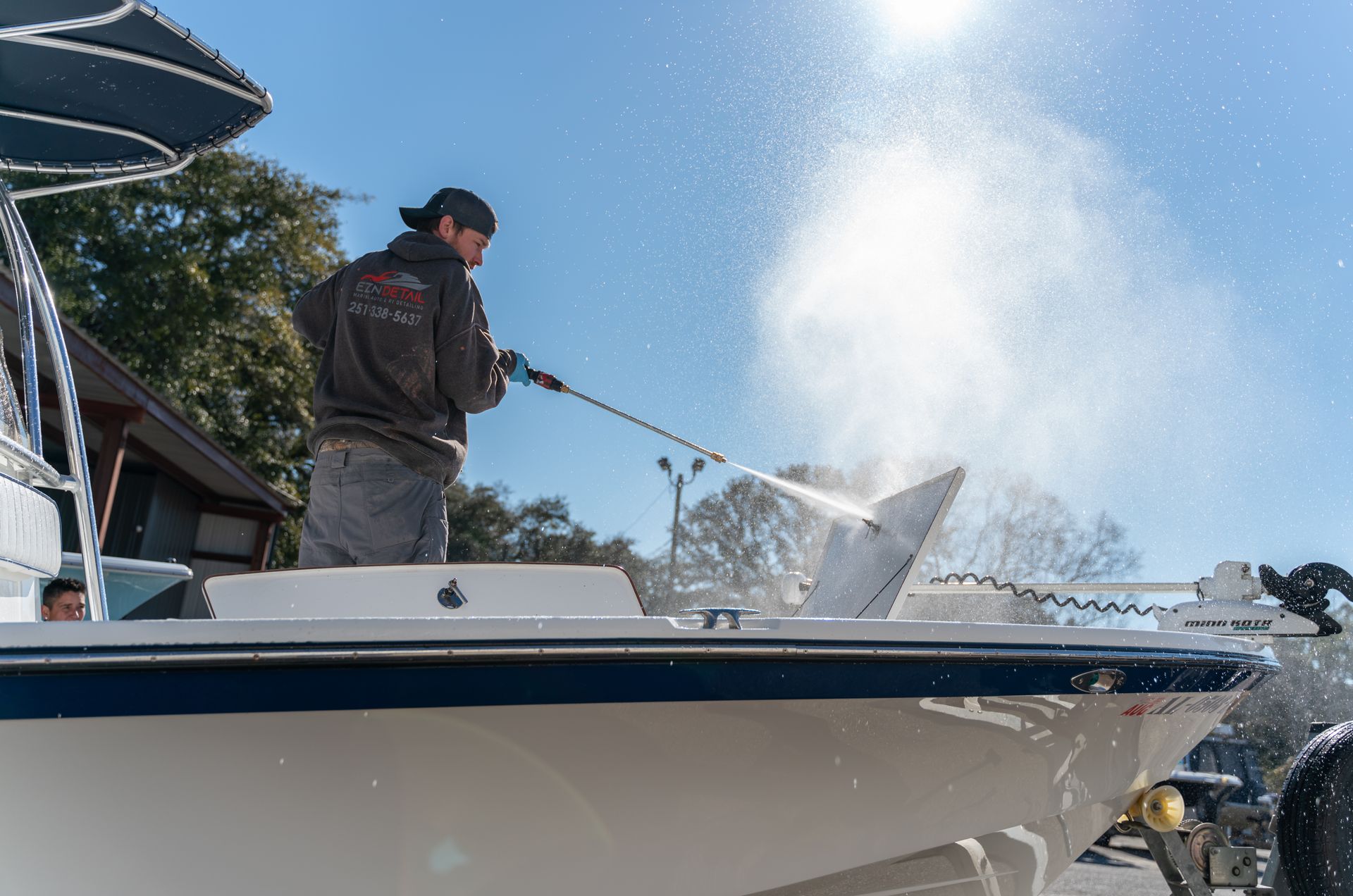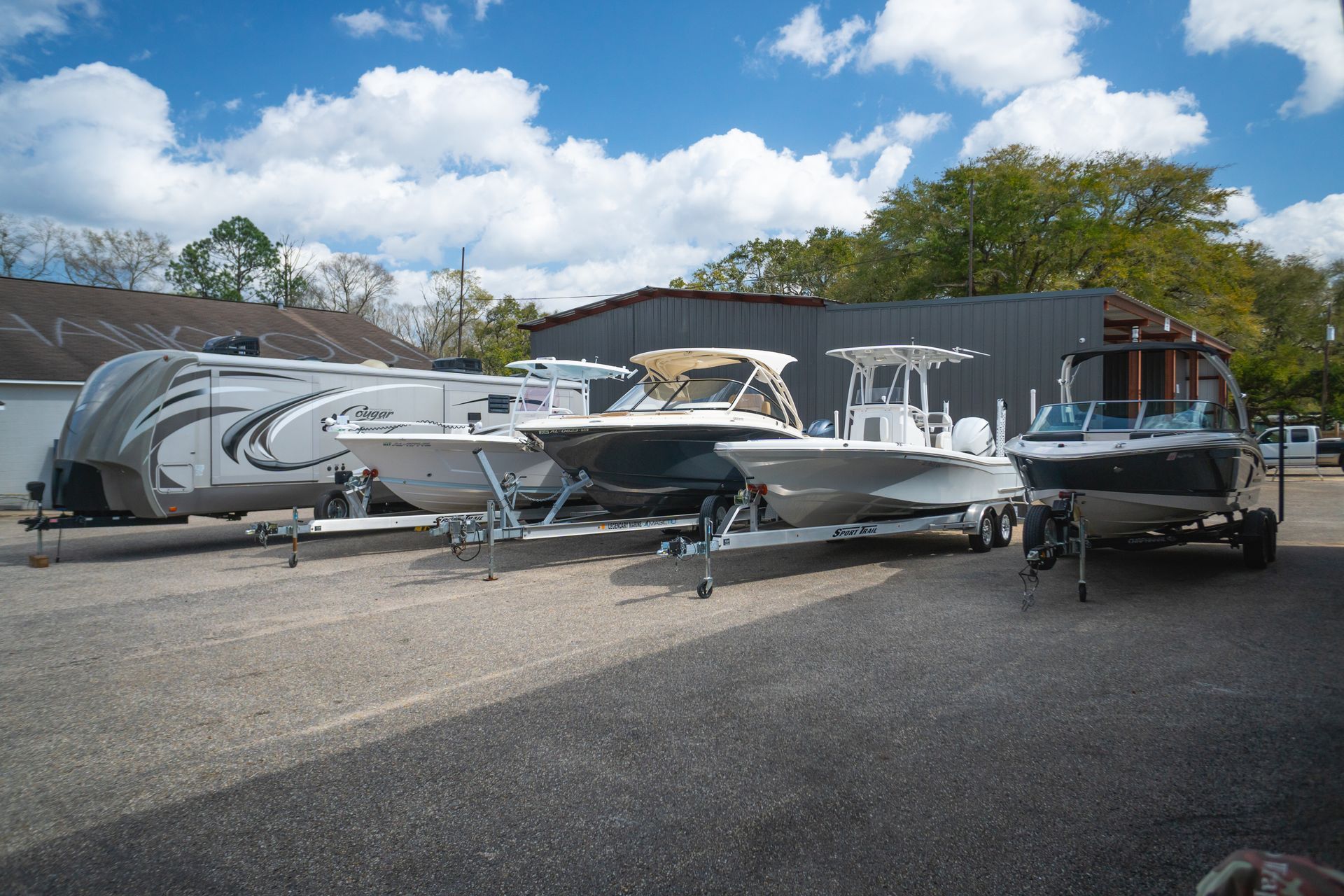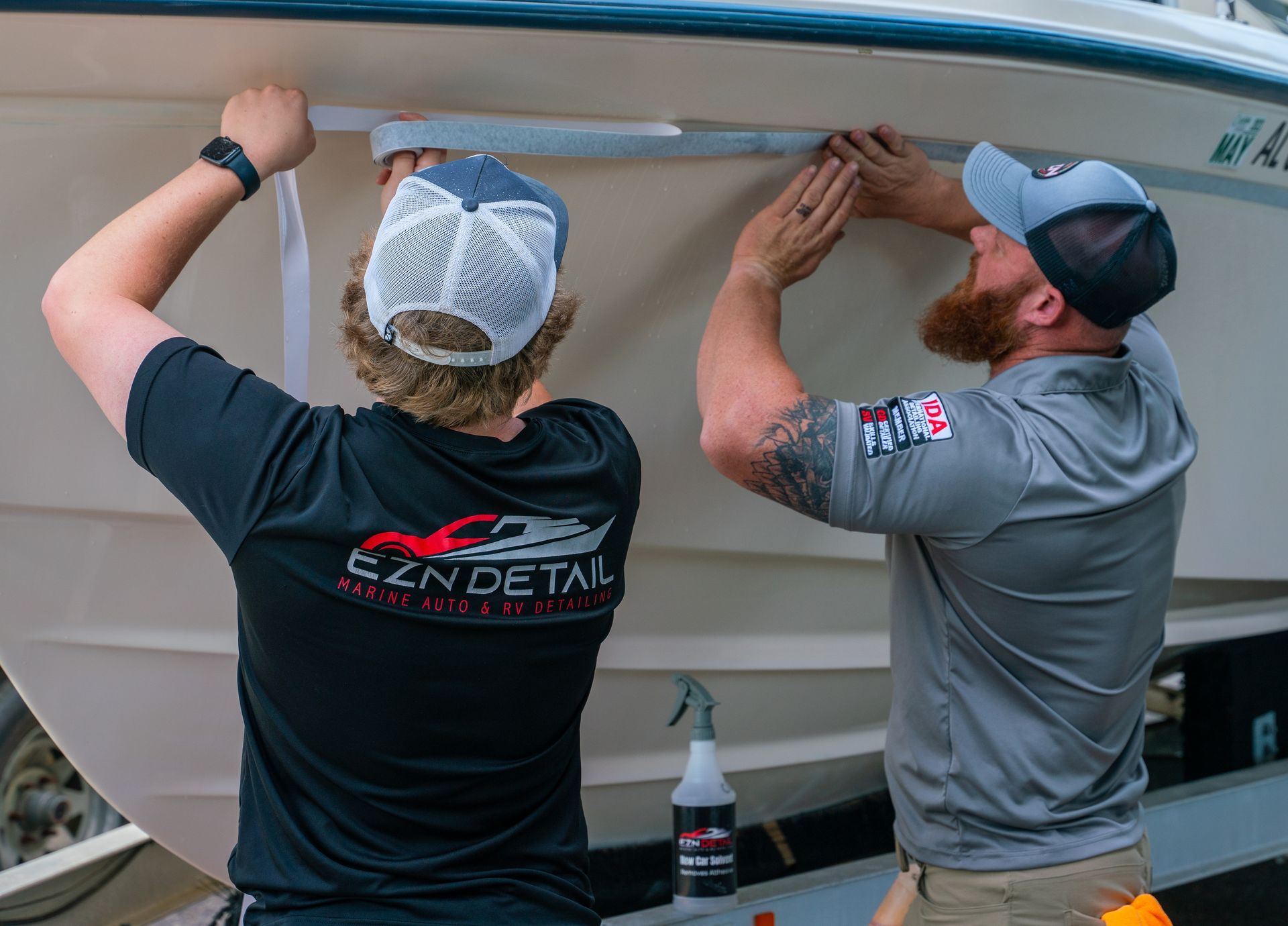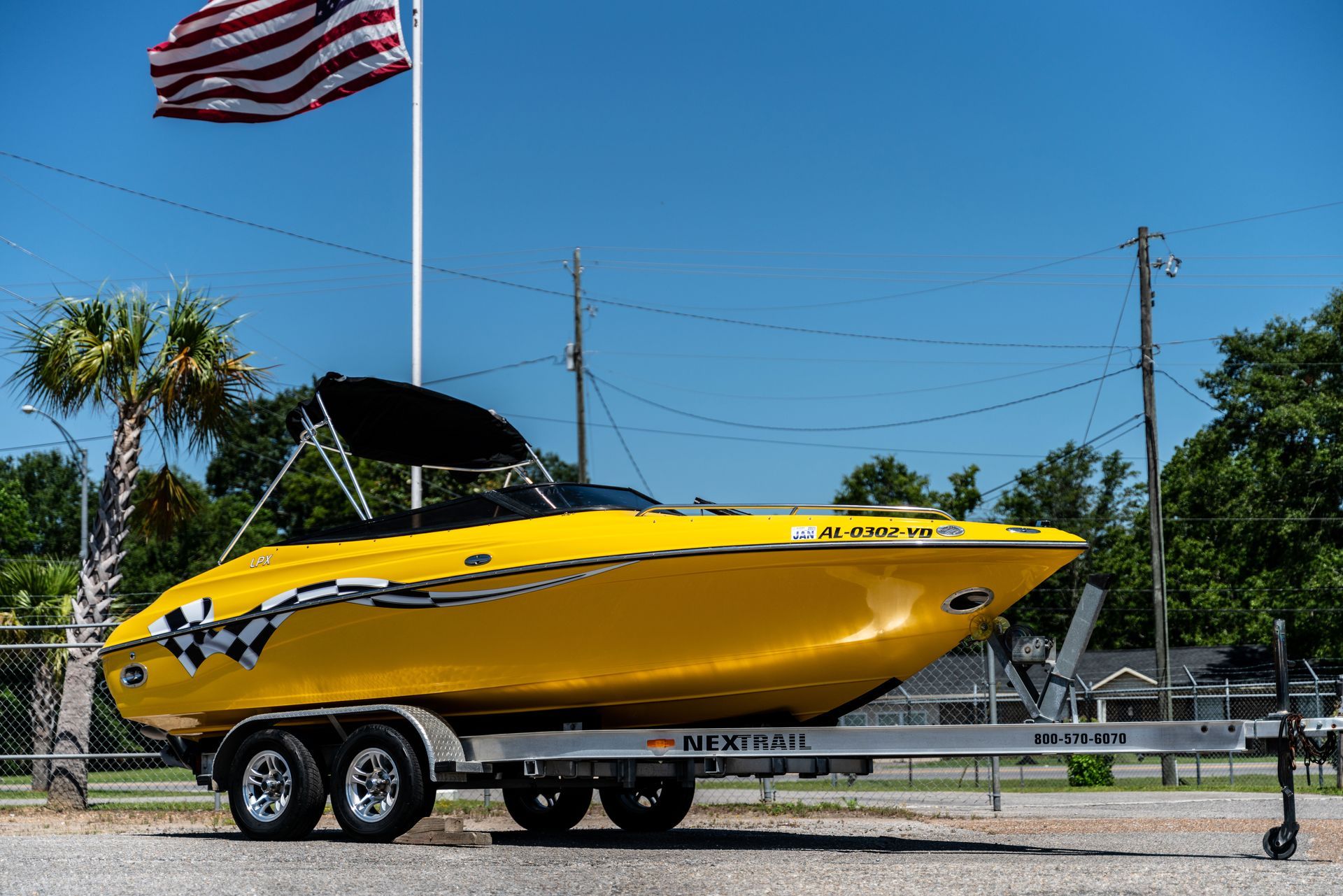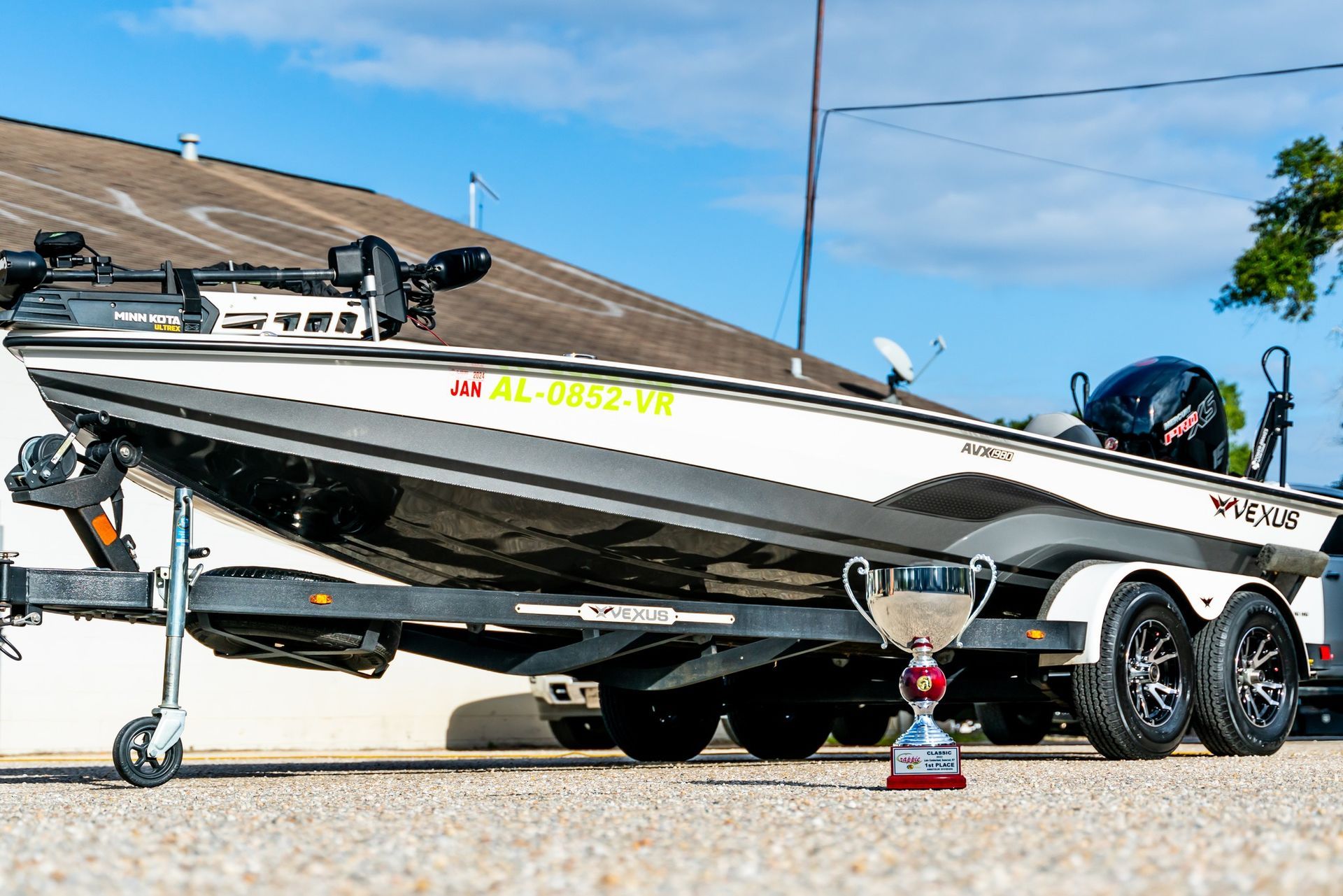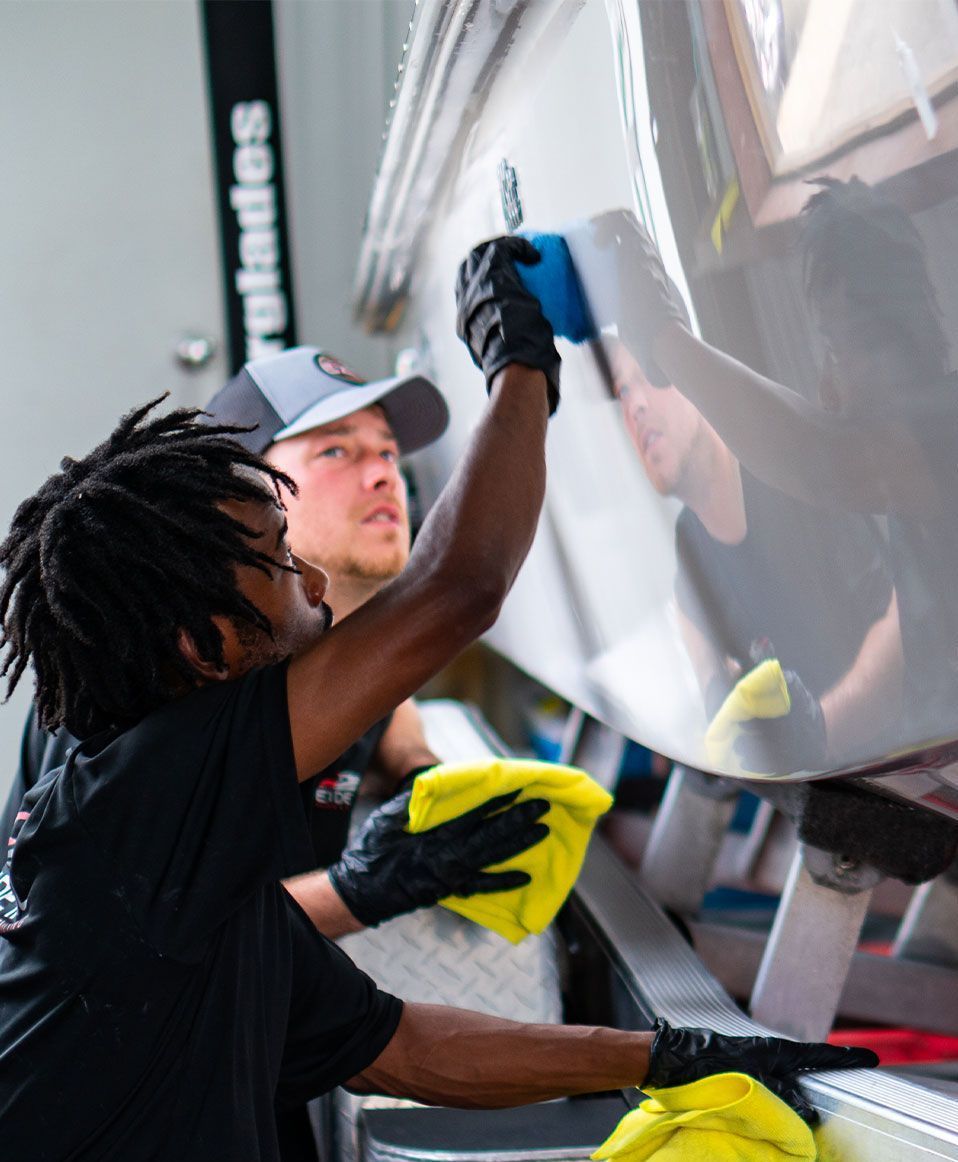How Seasonal Changes Affect Your Boat and Why Detailing Is Essential?
GET INSTANT PRICE (251) 338-5637When the seasons change, so do the needs of your boat. Just like you prepare your home for winter or summer, giving your boat attention during these transitions is key to keeping it in great shape. Many boat owners might overlook this detail, thinking that a quick wash is enough before the next outing, but believe me, a little extra effort can save you from costly repairs down the line. I remember the first time I neglected proper detailing before winter; my boat came out of storage looking like a sad shadow of its former self. Investing time in seasonal maintenance not only protects your vessel's beauty but also ensures it's ready for adventures when the weather warms up again. Let’s dive into some essential tips to help you safeguard your boat throughout the year!
Seasonal changes can lead to issues such as mold growth, oxidation, and fading of surfaces on your boat, making regular detailing crucial for maintaining its condition. Detailing not only helps preserve the vessel's value and appearance but also prepares it for safe storage and easy use when the boating season resumes.
The Critical Role of Seasonal Maintenance
Each season brings unique challenges that can affect the condition of your boat if you aren’t paying attention.
The winter months can be particularly harsh, with freezing temperatures and heavy snowfalls leading to potential structural damages if left untreated. Regular inspections during colder months can save you from these headaches; even just checking the condition of protective covers can make a world of difference.
As spring rolls around, melting snow and increased rainfall create different obstacles. Moisture becomes an enemy, inviting unwanted mold and mildew into boats that aren’t thoroughly cleaned beforehand. Just as we watch for those little dark spots on walls at home, keeping an eye out for similar growths in your boat’s interior is critical to preventing long-lasting damage. It’s crucial to sanitize surfaces and ensure there's proper airflow when preparing for that first outing of the year.
Interestingly, a proactive approach doesn't just help maintain appearances; it translates into real value preservation as well. Regular upkeep helps you avoid unpleasant surprises when you're ready to hit the water again; nothing ruins a sunny day like a frantic last-minute scramble because of an unexpected repair or detail issue.
During the summer months, UV radiation levels peak, wreaking havoc on the surfaces of your vessel. Applying a high-quality marine-grade wax every three months becomes vital during this season to protect against these damaging rays. Imagine baking under the sun without sunscreen; that’s exactly what your boat endures. Likewise, marine upholstery suffers significant wear if not treated correctly with appropriate cleaners designed for the material, which is why opting for dedicated products is essential.
As fall approaches and leaves start scattering everywhere, it's easy to underestimate their potential impact on your boat if they're allowed to accumulate—clogging scuppers and leading to water buildup where it shouldn’t be.
Engaging in seasonal maintenance checks and detailing is not merely a chore—it’s an investment in safeguarding your vessel's longevity and performance. Each new change in season calls for specific actions tailored to protect against unique threats posed by changing climates. Maintaining your boat proactively means fewer headaches down the line and ultimately contributes to its overall resale value when it comes time to upgrade or sell. Consider how each seasonal challenge prepares you for safe adventures on the open water.
Effects of Winter Weather on Boats
Winter poses unique challenges for boat owners, often leading to significant damage if preventive measures are not taken. The cold temperatures, coupled with snow and ice, can exert tremendous pressure on a vessel, affecting its structural integrity and overall function. For example, temperature fluctuations may cause materials to expand and contract. If water has seeped into small crevices, it can freeze when temperatures drop, expanding in volume and leading to cracks that compromise both the integrity of your boat and your safety on the water.
Common Issues During Winter
- Oxidation: When boats are left exposed to harsh winter elements, metal parts suffer. Prolonged exposure can cause oxidation, resulting in rust, which deteriorates the metal and may lead to costly replacements. Applying a high-quality protective coating before the season kicks in is essential.
- Cracking: Water trapped within joints can create chaos. As temperatures plummet, this water freezes and expands, potentially causing cracks in the material. This issue can escalate quickly if not addressed promptly.
- Mold and Mildew: During winter storage, particularly in unventilated areas, moisture levels can soar while airflow diminishes. This creates an ideal environment for mold and mildew to flourish. The health risks associated with these fungi should not be underestimated.
Preventative Measures
One of the best steps you can take is to winterize your boat thoroughly. This means draining all water from the engine, plumbing systems, and bilges effectively. Doing so minimizes the risk of freezing damage by ensuring that no water remains to become ice. Moreover, investing in a high-quality boat cover provides an additional layer of protection against snow and ice buildup, preserving your vessel’s aesthetics and structure throughout the season.
Understanding these winter weather effects on boats creates a compelling case for proper detailing services. Expert services ensure that your vessel is ready for whatever seasonal changes come its way while preserving its value over time.
With winter challenges in mind, it’s crucial to consider how we can best prepare for the warmer months ahead. Let's look at strategies specifically tailored for those impending summer conditions.
Materials at Play
The environmental factors also play a critical role in the degradation process. For instance, while cars are constantly exposed to pollutants like acid rain and bird droppings that can stain their finishes, boats face constant threats from saltwater, UV radiation, and humidity. Saltwater can corrode metals if left untreated, while UV rays can rapidly degrade the gel coat finish of a boat. Just think of it: the same sunshine that warms your summer days can lead to severe fading and cracking on a boat’s surface.
Those considering transitioning from auto detailing to marine detailing should take a moment to reflect on these factors; it requires not only an awareness of the differences in materials but also a reassessment of the products you’ll use. While automotive products may work well on cars, marine applications generally call for specialized cleaners and protective coatings designed explicitly to withstand saltwater exposure. Marine-grade waxes and sealants are engineered specifically for this purpose, offering water resistance and UV protection that standard car products simply cannot provide.
As you keep these distinctions in mind, you’ll start noticing how your detailing practices must adapt. A rotary buffer might become your best friend for removing oxidation from neglected gel coats during boat season, while a soft cloth applicator might be your weapon of choice when applying wax to a car finish.
With these insights into surface materials and environmental conditions at hand, it’s essential to explore practical methods tailored specifically for maintaining marine vehicles effectively.
Pros and Cons of Each Type of Detailing
In the world of vehicle care, both marine and auto detailing present unique advantages and challenges that potential detailers and owners should thoroughly consider.
Marine Detailing
When we examine marine detailing, one significant benefit is the longevity of the finish achieved. The specialized products designed for boats not only clean but also offer a protective layer against harsh environmental elements. This enhances longevity by protecting against saltwater corrosion and UV damage. Statistics suggest that proper marine detailing can achieve up to a 50% reduction in corrosion risk, making it vital for preserving a boat's structure.
However, this advantage comes at a price. Marine detailing often requires higher costs due to the specialized products necessary for effective maintenance. These products are formulated specifically for materials like fiberglass and wood, which are commonly used in boats. Additionally, the physical demand of marine detailing can be more intense; after all, boats tend to be larger and less accessible than cars, which makes the job physically strenuous.
Auto Detailing
Switching gears to auto detailing, the primary allure lies in its relativity as being inexpensive and quick to perform. Most detailers can complete an auto detailing service within a few hours for a reasonable price—typically ranging from $150 to $300—offering accessibility through a wide availability of high-quality products catered to land vehicles.
Yet, while auto detailing may seem simpler in comparison, it does have its drawbacks. The need for frequent upkeep is paramount due to continuous exposure to dirt, road salts, and other contaminants that can affect the vehicle's exterior over time. It’s recommended that autos be detailed every few months to maintain their condition. Moreover, because auto detailing tends to be less specialized compared to marine work, it could lead to generic services, which may not provide the extensive protection your vehicle deserves.
By grasping these nuances between marine and auto detailing processes, customers can make informed decisions about how best to maintain their vehicles. Whether choosing robust solutions for boat preservation or efficient techniques for car care, understanding what each type entails helps ensure longevity and impeccable appearance for any vehicle type.
With this knowledge in hand, explore your options further by considering the comprehensive detailing services available at
EZN Detail. Start your journey towards maintaining your vehicle's value today!


